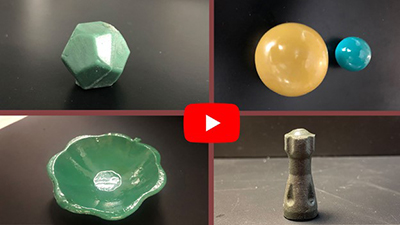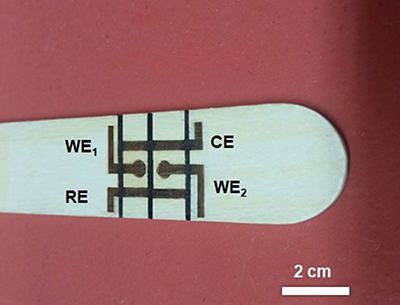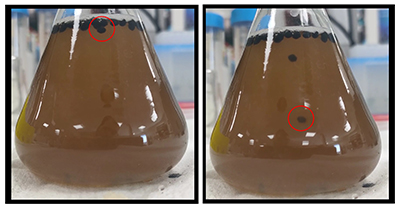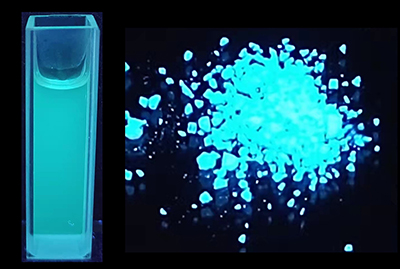FOR IMMEDIATE RELEASE
“One-Pot Extraction of Bioresources from Human Hair via a ZeroWaste Green Route”
ACS Omega

Hair styling can be a potent form of self-expression, whether it features dramatic updos, intricate braids or crazy colors. Beyond being a reflection of our personality, these strands contain compounds that could one day appear in bandages, sunscreens or other products. Researchers reporting in ACS Omega have now designed a simple, green process to extract both keratin and melanin from human hair for these possible applications without harsh chemicals or excessive waste.
Hair is made up of protein filaments consisting of many different layers and components. Its structure comes from the protein keratin, which can also be found in fingernails, horns and feathers. Its color is provided by melanin, a group of pigment molecules that are also found in the skin and eyes. In addition, melanin has antioxidative properties and can help shield against ultraviolet light. These qualities make the compounds suitable for biomedical applications; however, since most discarded hair is incinerated or dumped in landfills, its keratin and melanin are largely unused as well. Chemically extracting them from hair is possible, but current protocols either can only extract one compound at a time, or rely on harsh chemicals and complicated steps. So, Paulomi Ghosh and colleagues wanted to develop a straightforward method to extract both keratin and melanin from human hair with a single procedure, using a recyclable, green solvent.
The researchers collected samples of hair from local salons, then washed and cut them into small slices. Then, they mixed the hair with an ionic liquid, which dissolved the mixture by interrupting the hydrogen bonds that held the keratin proteins together. When heated and poured into a hydrochloric acid solution, the melanin pigments precipitated out and were collected. Next, the researchers performed dialysis to collect the keratin proteins. The ionic liquid was recycled and reused in subsequent reactions, without a significant impact on the reaction’s yield.
Recovered keratin was compatible with blood, suggesting that it could be used in heavy-duty hemostatic bandages. This extraction procedure also maintained the natural structure of the melanin, which was lost in other, harsher methods. Because the melanin had good antioxidative and UV shielding properties, the team says it could be used in sun-protective products or films. The researchers say that this technique could serve as a green way to sustainably extract useful biopolymers from otherwise discarded materials.
The authors acknowledge funding from the Department of Science and Technology (DST)-INSPIRE Faculty, the CSIR-Indian Institute of Chemical Biology, the Indian Council of Medical Research and the Department of Biotechnology of the Government of India.
###
The American Chemical Society (ACS) is a nonprofit organization chartered by the U.S. Congress. ACS’ mission is to advance the broader chemistry enterprise and its practitioners for the benefit of Earth and all its people. The Society is a global leader in promoting excellence in science education and providing access to chemistry-related information and research through its multiple research solutions, peer-reviewed journals, scientific conferences, eBooks and weekly news periodical Chemical & Engineering News. ACS journals are among the most cited, most trusted and most read within the scientific literature; however, ACS itself does not conduct chemical research. As a leader in scientific information solutions, its CAS division partners with global innovators to accelerate breakthroughs by curating, connecting and analyzing the world’s scientific knowledge. ACS’ main offices are in Washington, D.C., and Columbus, Ohio.
To automatically receive press releases from the American Chemical Society, contact newsroom@acs.org.
Note: ACS does not conduct research, but publishes and publicizes peer-reviewed scientific studies.








